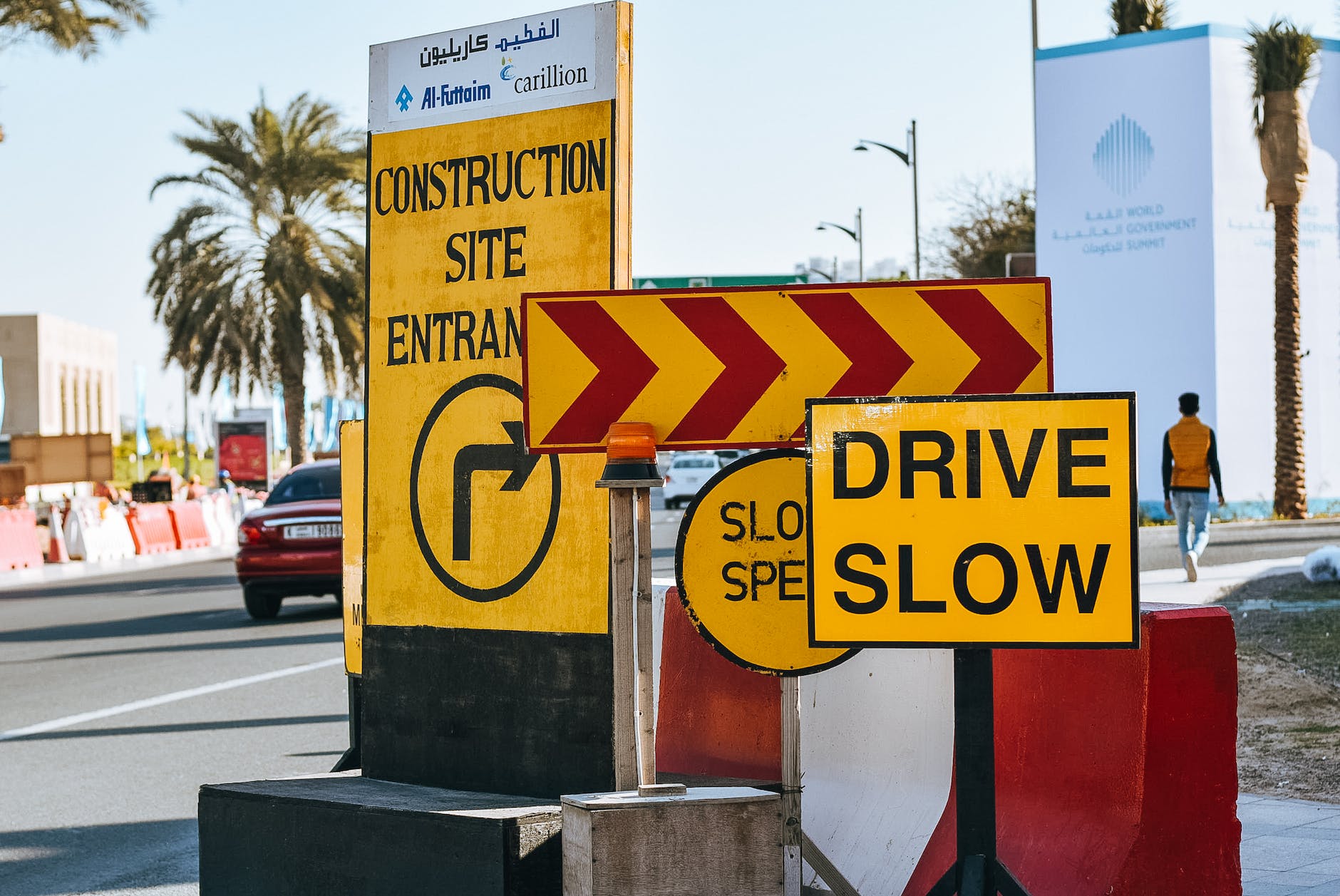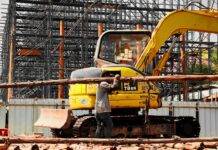
Road Construction Safety: Ensuring a Secure Work Environment
The construction of roads plays a pivotal role in infrastructure development, but it also poses significant risks to workers’ safety. Understanding and implementing robust safety measures are paramount to safeguarding lives and preventing accidents on construction sites.
Importance of Road Construction Safety
Road construction sites are inherently hazardous environments, with various potential dangers lurking at every turn. Statistics reveal alarming rates of accidents and injuries within this industry, underscoring the critical need for stringent safety protocols.
Common Hazards in Road Construction
Among the prevalent hazards, traffic accidents, often involving heavy machinery and vehicles, pose a grave threat. Additionally, falls, slips, and equipment-related incidents account for a considerable portion of on-site accidents, highlighting the multifaceted risks faced by workers.
Safety Measures on Construction Sites
To mitigate these risks, the implementation of effective safety measures is imperative. Equipping workers with proper Personal Protective Equipment (PPE) and employing robust traffic control measures are foundational steps. Comprehensive training and educational programs also play a pivotal role in fostering a safety-conscious work culture.
Road construction safety is paramount to ensuring the well-being of workers and the public. Several key practices contribute to a safer construction environment:- Traffic Control: Properly managed traffic flow around construction zones is critical. Signs, cones, barriers, and flaggers help direct vehicles and pedestrians, reducing the risk of accidents.
- Personal Protective Equipment (PPE): Workers should wear high-visibility clothing, hard hats, gloves, and steel-toed boots to protect against potential hazards.
- Training and Education: Properly trained workers are more aware of potential dangers. Regular safety briefings and training sessions ensure everyone understands protocols and procedures.
- Equipment Safety: Regular maintenance and inspection of construction machinery and tools are essential. Faulty equipment can lead to accidents and injuries.
- Clear Communication: Effective communication among workers and with the public is crucial. Clear signage, signals, and designated communication protocols prevent misunderstandings.
- Safe Work Zones: Clearly marked work areas separate from traffic flow keep workers safe. Fencing or barriers can prevent unauthorized entry.
- Emergency Preparedness: Having emergency response plans in place, along with readily accessible first aid kits and trained personnel, is vital for swift action in case of accidents or injuries.
- Environmental Considerations: Minimizing environmental impact is crucial. Proper disposal of waste and chemicals prevents harm to the ecosystem.
- Regular Inspections and Risk Assessment: Periodic assessments of the construction site for potential hazards help mitigate risks and maintain a safe working environment.
- Adherence to Regulations: Strict adherence to local and national safety regulations and standards is non-negotiable. Compliance ensures a baseline level of safety for all involved.
By integrating these practices into road construction projects, the safety of workers and the public can be significantly enhanced, reducing the likelihood of accidents and injuries.Technology Advancements in Road Construction Safety
Technological advancements have revolutionized safety in road construction. Drones and sensors aid in site surveillance and hazard identification. Furthermore, automated equipment reduces human exposure to risks, while virtual reality training enhances workers’ preparedness for on-site challenges.
Regulatory Guidelines for Road Construction Safety
Adherence to Occupational Safety and Health Administration (OSHA) standards and regulations is non-negotiable. Compliance and regular inspections ensure that safety protocols are followed meticulously, minimizing potential hazards.
Importance of Communication in Safety Protocols
Effective communication among workers and management is a cornerstone of successful safety protocols. Establishing robust team communication strategies and seamless reporting mechanisms for identifying and addressing hazards promptly are critical.
Environmental Considerations in Road Construction Safety
While ensuring worker safety, it’s essential to minimize the ecological impact of construction activities. Implementing sustainable practices and efficient waste management contribute to a more environmentally friendly approach to road construction.
Case Studies of Successful Safety Implementation
Several success stories exemplify the efficacy of stringent safety measures in preventing accidents and fostering a secure work environment. These examples serve as beacons of inspiration for other projects.
Challenges Faced in Implementing Safety Protocols
Despite the evident benefits, challenges persist in implementing comprehensive safety protocols. Financial implications, resistance to change, and constraints within project timelines pose hurdles that need to be addressed for effective safety integration.
The Future of Road Construction Safety
The future of road construction safety appears promising with ongoing advancements in technology and a growing emphasis on safety standards. Predictions indicate an evolution towards even more sophisticated safety measures to further mitigate risks.
Conclusion
Ensuring road construction safety is an ongoing commitment that requires collective efforts from stakeholders. By embracing technological innovations, adhering to regulations, fostering communication, and addressing challenges, the industry can continue to evolve towards safer work environments.
Construction Safety at Workplace
Construction Safety Toolbox Talk Meeting
How Many Insurance Policies are Required in Construction?
Construction Safety Basic Knowledge
FAQs (Frequently Asked Questions)
- How can technology improve road construction safety?
- Technology like drones, sensors, and virtual reality training enhances hazard identification and worker preparedness.
- What are the primary challenges in implementing safety protocols?
- Challenges include financial implications, resistance to change, and constraints within project timelines.
- Why is communication crucial in safety protocols?
- Effective communication ensures swift hazard reporting and a proactive approach to safety.
- What role does regulatory compliance play in road construction safety?
- Regulatory compliance, particularly with OSHA standards, ensures that safety protocols are followed rigorously.
- What does the future hold for road construction safety?
- The future involves more advanced safety measures, integrating technology and stricter adherence to safety standards.






















The FHWA’s MUTCD and Title 23 of the Code of Federal Regulations is worthless if there is no Federal oversight for when a state goes rogue. I crashed in an UNMARKED road construction work zone just to be treated unfairly by a Rock County Wisconsin Circuit Court Judge who declared safety warning signs are not required/mandatory. I do not reside in this state. My wife and I were simply traveling as tourists.
Title 23 exists so you or I can travel anywhere in the country knowing if there is road work ahead we are warned of the danger. Not in Wisconsin. And when I questioned WisDOT as to how or why this was allowed they threatened me with harassment. Unbelievable